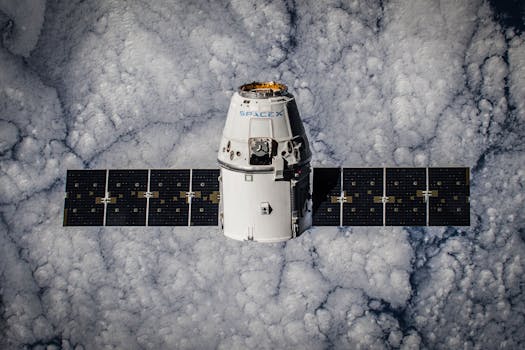
Satellite Telecommunications 2023: What’s New and What’s Next? – Satellite Telecommunications
Satellite telecommunications have undergone significant transformations in recent years, driven by advances in technology, changing market demands, and the need for more efficient and cost-effective solutions. As we move forward in 2023, it is essential to examine the current state of satellite telecommunications, including the latest developments, trends, and future directions.
Advancements in Satellite Technology
One of the most notable advancements in satellite technology is the development of high-throughput satellites (HTS). These satellites offer significantly higher bandwidth and faster data transfer rates, enabling the provision of high-quality services such as broadband internet, video streaming, and mobile connectivity. HTS satellites are particularly useful for areas where traditional telecommunications infrastructure is limited or non-existent, such as remote or underserved communities.
Another area of advancement is in the development of small satellites, also known as smallsats. These satellites are smaller, lighter, and less expensive to launch than traditional satellites, making them an attractive option for a wide range of applications, including Earth observation, communications, and scientific research. Smallsats are also being used to create constellations of satellites that can provide global coverage and real-time connectivity.
New Services and Emerging Trends
The satellite telecommunications industry is also witnessing the emergence of new services and trends. One of the most significant trends is the growth of satellite-based broadband services, which are being used to provide high-speed internet connectivity to underserved communities, remote areas, and even entire countries. Satellite-based broadband services are also being used to support critical infrastructure, such as emergency response services, healthcare, and education.
Another emerging trend is the use of satellite telecommunications for IoT (Internet of Things) applications. Satellites can provide connectivity to IoT devices in remote or hard-to-reach areas, enabling the monitoring and management of assets, equipment, and infrastructure. This is particularly useful for industries such as agriculture, transportation, and energy, where IoT devices can be used to optimize operations, improve efficiency, and reduce costs.
Future Directions and Challenges
As the satellite telecommunications industry continues to evolve, there are several future directions and challenges that need to be addressed. One of the most significant challenges is the issue of spectrum allocation and management. With the growing demand for satellite services, there is a need for more spectrum to support these services, which can be a complex and challenging process.
Another challenge is the need for greater investment in satellite infrastructure, including the development of new satellites, launch vehicles, and ground equipment. This will require significant investment from governments, private companies, and other stakeholders, as well as international cooperation and collaboration.
Despite these challenges, the future of satellite telecommunications looks promising, with many opportunities for growth, innovation, and development. As technology continues to advance and new services and applications emerge, satellite telecommunications are likely to play an increasingly important role in shaping the future of global communications and connectivity.




